In the 1960s wonderful places where you could sit and have a coffee or tea, a cigarette and a chat – the working men’s cafes – became popular with the middle classes. They'd always been there, of course, but now they were infiltrated by artists, writers and students - even more so than in the 1930s.
It was great to come out of a club in Covent Garden in the early hours of the morning and then go into one of the cafes where the market porters were having their breakfast and have a massive fry up and a huge mug of tea. Happy days!
In winter the windows steamed up and in summer the doors opened onto the street. Builders and postal workers, City gents, gutter press hacks and ladies of the night all mingled.
A fug of smoke hung in the air and students and CND supporters imagined they were in Paris conversing with Existentialist poets. Writers spread out their notebooks, and ordered a coffee that lasted all day.
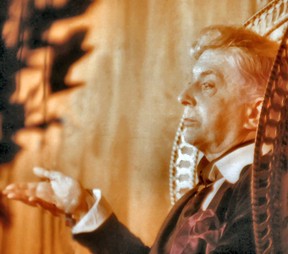
They observed the cast of bizarre characters whose unwitting performances would fuel their literary imaginations.
Authors like Quentin Crisp, Colin Wilson, Nell Dunn and Ian Sinclair have all captured the democratic spirit of the old ‘greasy spoon’.


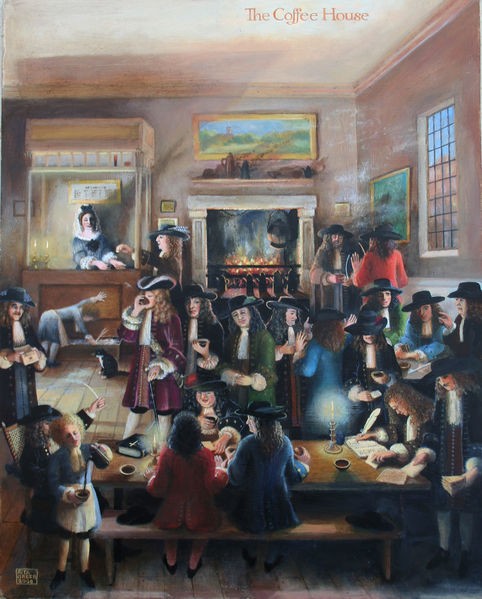
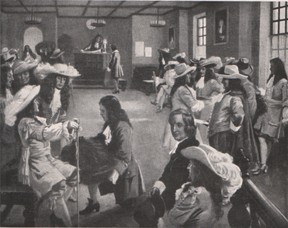 If you work in the City its highly likely that your job had its origins in a coffee house. The Stock Exchange itself operated for years out of City coffee houses.
If you work in the City its highly likely that your job had its origins in a coffee house. The Stock Exchange itself operated for years out of City coffee houses.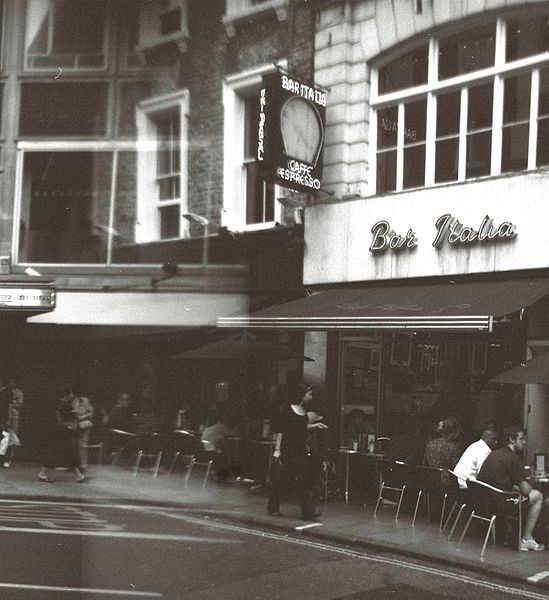
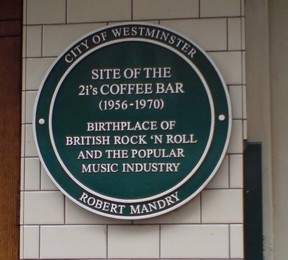



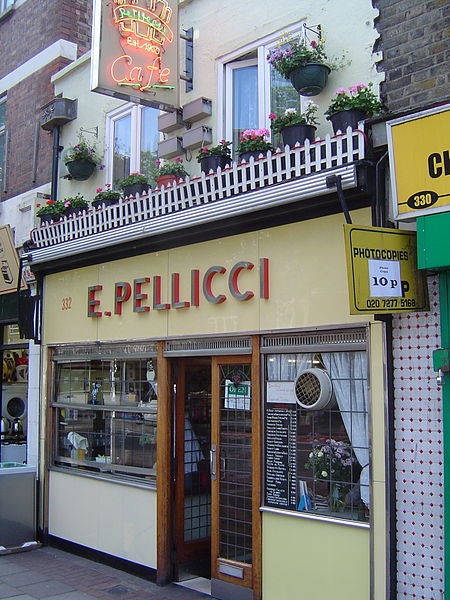




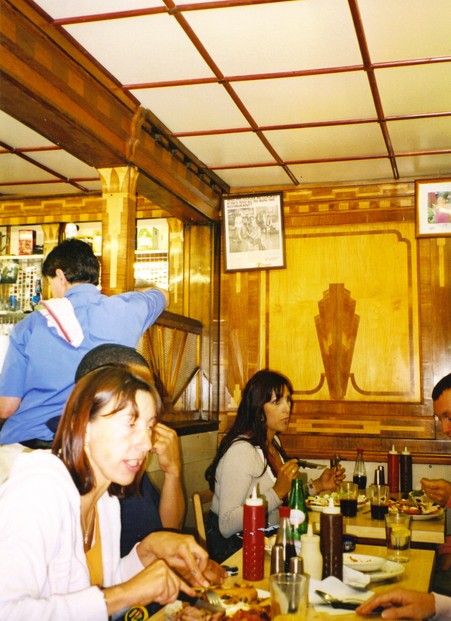
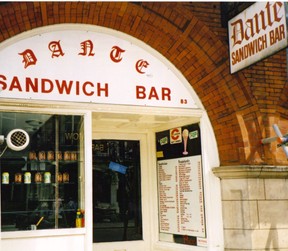
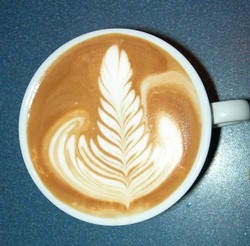

 How to Choose a Walking Cane or Stickon 08/01/2014
How to Choose a Walking Cane or Stickon 08/01/2014
 Michael Miller Fabulous Fabric Swatches for Quilting, Crafts etcon 07/02/2014
Michael Miller Fabulous Fabric Swatches for Quilting, Crafts etcon 07/02/2014
 The Drama of Life in the Rock Poolon 06/08/2014
The Drama of Life in the Rock Poolon 06/08/2014
 The Flâneur - Symbol of Modernity in 19th Century Parison 05/09/2014
The Flâneur - Symbol of Modernity in 19th Century Parison 05/09/2014

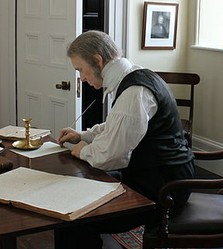
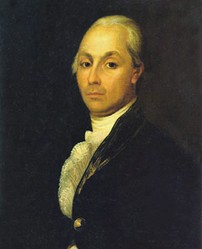
Comments
Hello Othellos - I am so pleased that you enjoyed my article. Yes, Bar Italia is a wonderful coffee bar. I hope you enjoy your next visit to London! :)
Hi Elias! Thanks for you lovely comments. Yes, Bar Italia is a good one, and Pellici's do great food - they have a review on Time Out's website:
http://www.timeout.com/london/restaur...
Wonderful article, Kathleen and a fascinating history of coffee shops that fortunately is still alive. I was only aware of the Bar Italia in Soho (through Pulp's same titled song) that I always wanted to visit :) Next time I'm in London I will make sure to check out your recommendations as well!
PS: Pellici's isn't a coffee bar, but a working men's caff ! :)
Hi Mira - Bar Italia in Soho is central and very interesting! Pellici's in Bethnal Green, a bit further out, is fascinating. They've got a sort of museum upstairs now. :)
I'll definitely visit a coffee shop in London next time I go :). Thank you, Kathleen. (I'll start making a list . . .! I've got several ideas from you already :)
Hi Kimbesa - Thanks for your comment!
Very interesting! What an enjoyable way to take in the culture of a place.
jptanabe - Me too! I like caffs even better (they're a bit cheaper...)!
Great history of coffee shops! I have to admit I love to sit in a coffee shop and watch the people.